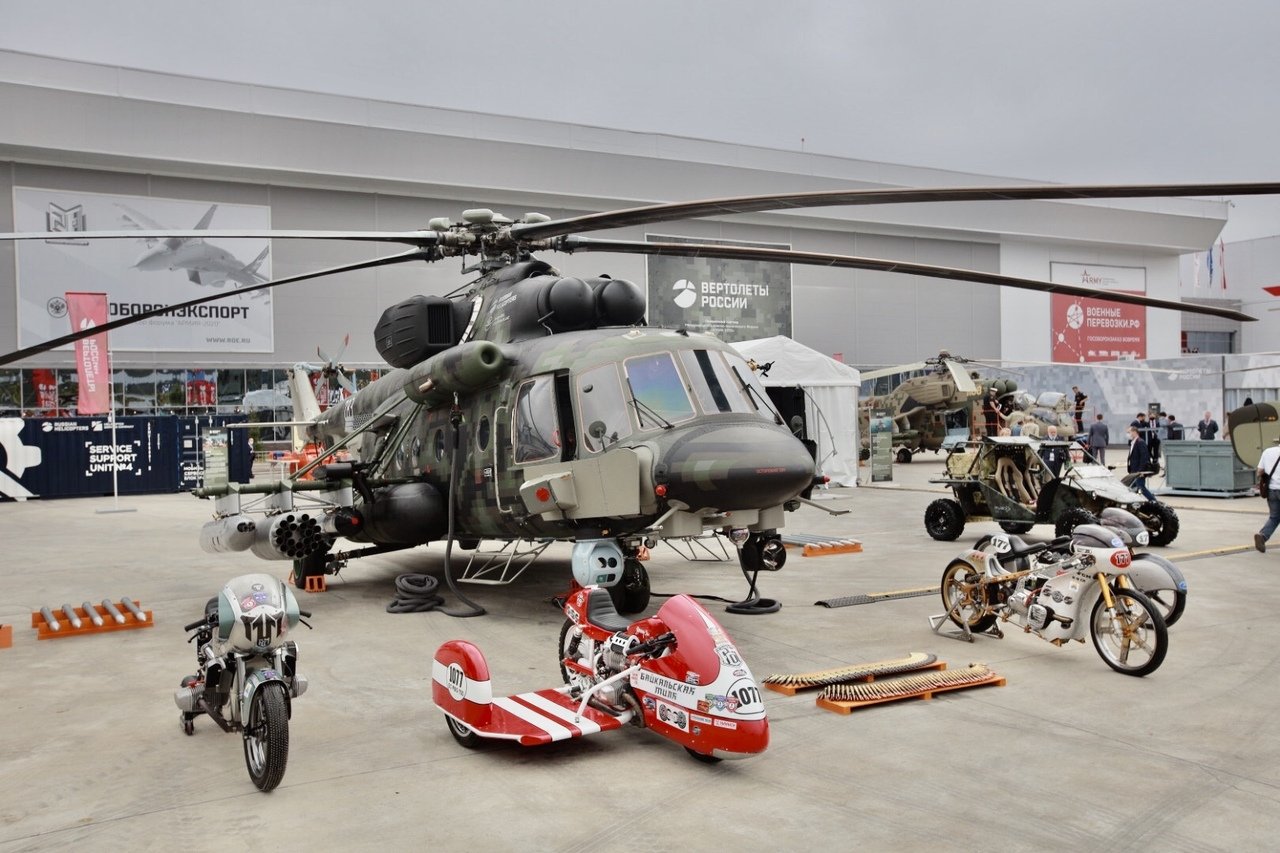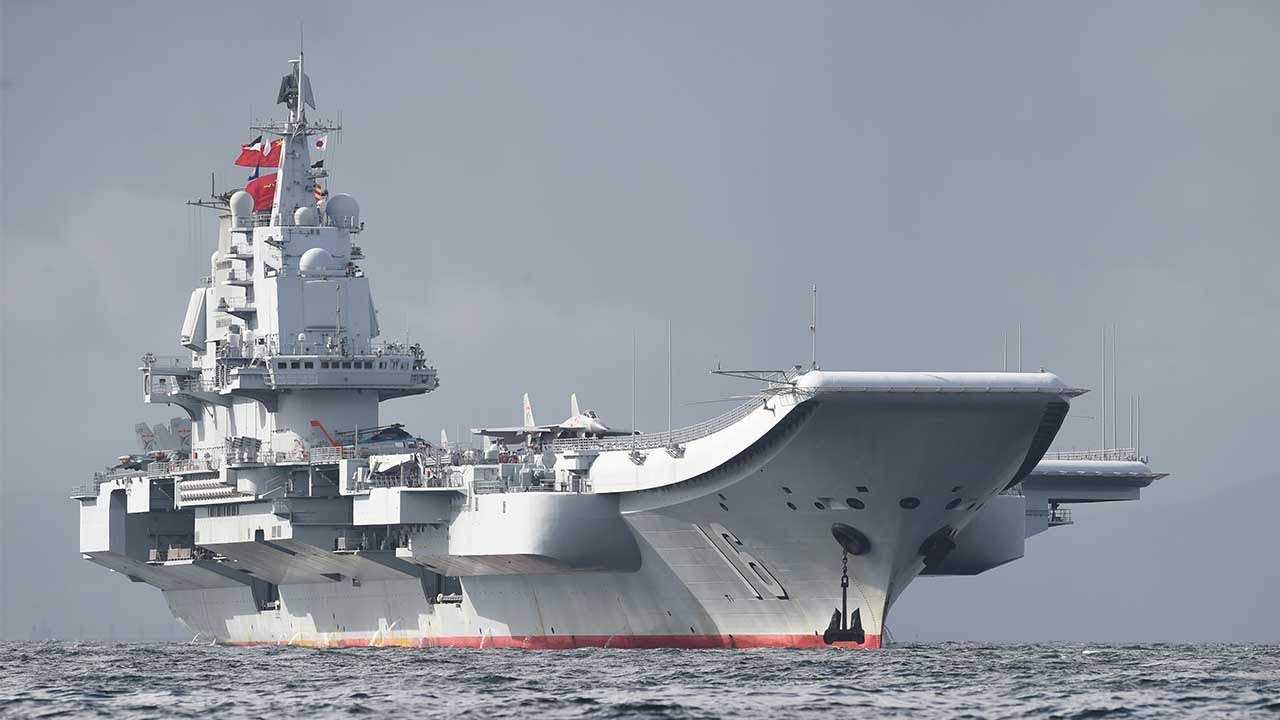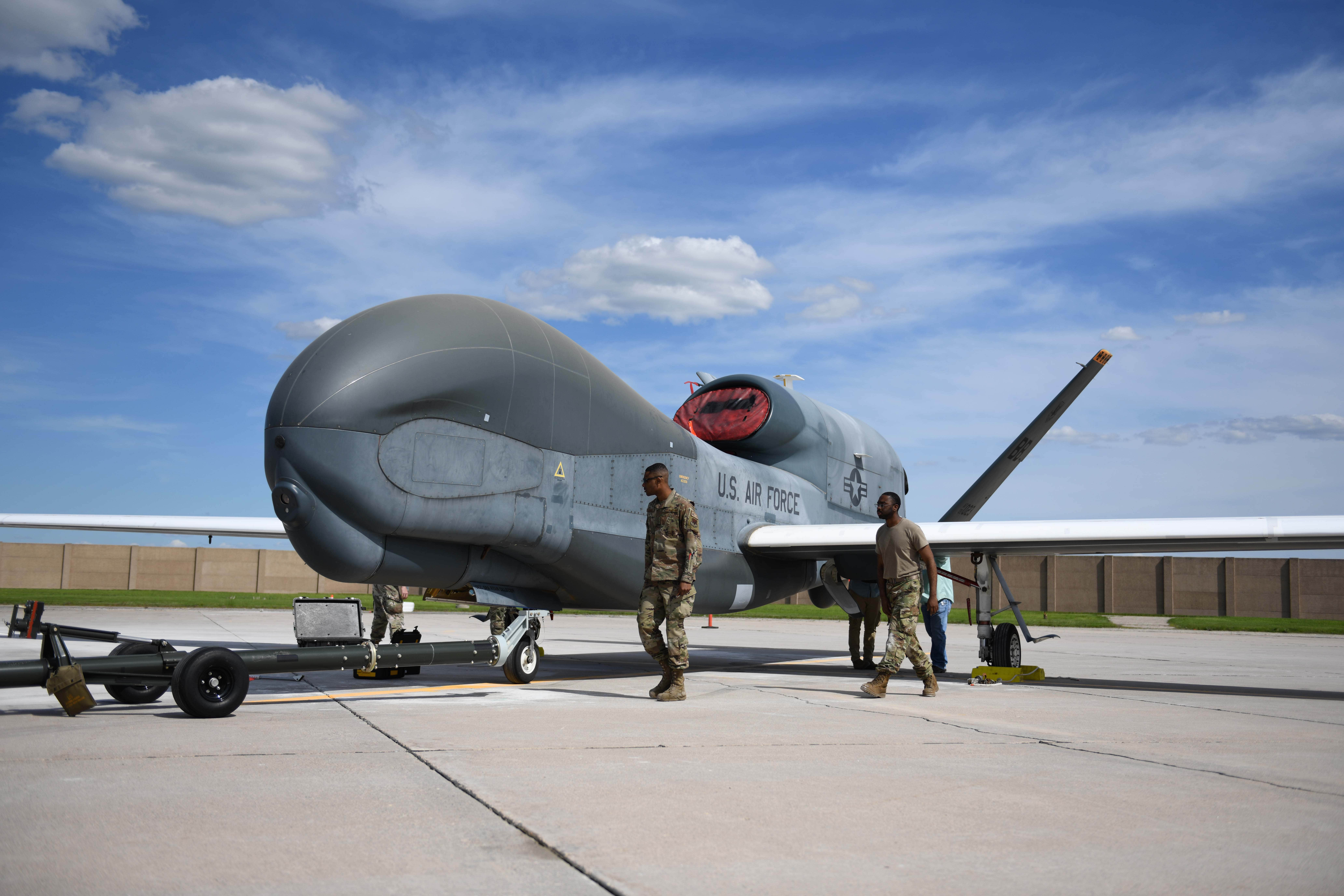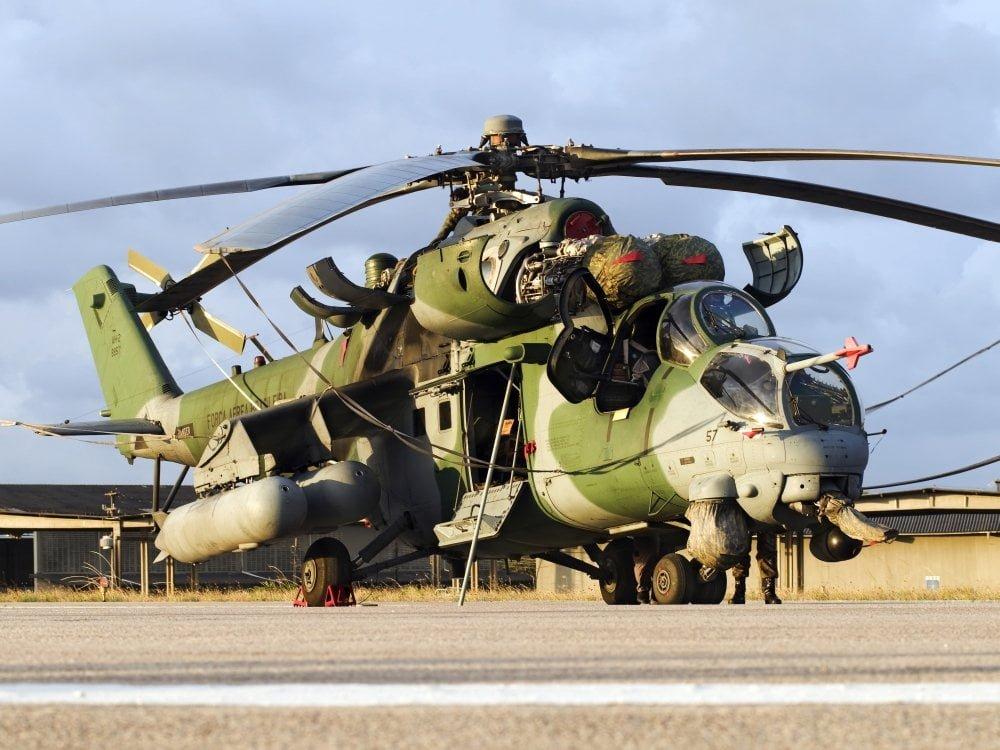A month after the US Central Command lamented a “significant spike” in aggressive Russian military flights over Syria, it published videos of two different interactions between American aircraft and fully-armed Russian Su-35 Flanker-Es over Syria.
Both videos appear to have been captured using aircraft targeting pods or similar sensor systems, and one provides a clear infrared image of one of the Su-35s in question.
The development comes when the US military’s leaked documents continue to make news, hogging the global limelight.
One of the two videos, released on April 20, was captured recently on April 18 by an unknown aircraft. The Defense Visual Information Distribution Service (DVIDS) website of the US military described the video as “Declassified footage of a Russian Su-35 that violated Coalition Force airspace in Syria.”
“On April 18, 2023, US Air Force fighter aircraft took off from air bases in the region and intercepted the Russian fighter. During the intercept, the Russian pilot maneuvered unprofessionally within 2,000 feet of US aircraft, violating standing deconfliction protocols.”
The video appears similar to previous footage shot with the AN/AAQ-33 Sniper Advanced Targeting Pod (ATP), which is frequently carried by several different types of American tactical combat jets and bombers, including F-15Es that are often flown over Syria.
Pentagon announced in February that American and Russian military aircraft came dangerously close to one another, with one instance seeing the jets pass within five feet of one another.
Another video, which is of relatively poor resolution compared to the first, was reportedly shot on April 2. Unlike the first video, which was shot by an unspecified aircraft, the ‘Video no.2’ was shot by the F-16 Viper fighter jet of the US Air Force.
The video’s caption reads, “On April 2, 2023, one Russian Su-35 conducted an unsafe and unprofessional intercept with a US F-16 aircraft. The aircraft was operating in airspace that US-Russian protocols recognize as Coalition-controlled airspace over Syria.”
“The Russian Su-35 had not been deconflicted when it entered the airspace. This incident follows a pattern of dangerous actions by Russian pilots while interacting with US and Coalition aircraft. These aggressive actions by Russian aircrew demonstrate [a] lack of competence and could lead to miscalculation and unintended escalation.”
These videos have been published at a time when the Pentagon leaks have disclosed several classified details about Ukraine’s countermoves against Russia, which experts believe has ended up emboldening Moscow in many ways. Moreover, it comes when the engagements between the warplanes of the two sides continue to make headlines.
Tensions Over Syria Prevailing
The videos were released one month after US Central Command (CENTCOM) Commander, Gen. Erik Kurilla, told a Senate Armed Services Committee that Russia was straying from mutually agreed protocols in place and carrying out aggressive flights. According to Gen Kurilla, Russian ground-attack aircraft also fly over US bases loaded with weapons.
The US CENTCOM has maintained that these flights have seen an uptick since March this year, after months of relative calm. For instance, Between March 1 and April 19, according to US Air Force Central (AFCENT), “armed Russian fighter aircraft” flew directly over coalition locations in Syria at least 26 times.
Russian aircraft breached mutually agreed-upon standoff distances from aircraft and ground troops, flew over ground forces while armed, and flew over areas where the US and Russia had agreed to warn one another before traversing.
The US and Russian forces are required to respect each other’s space in the airspace over Syria, including a 34-mile deconfliction zone near the Al Tanf Garrison. The two nations maintain a deconfliction line to keep their military from coming into direct contact.

AFCENT posted both footages along with a news report that its Commander, Lt. Gen. Alexus Grynkewich, was visiting Syria. The US military has reasons to be cautious about any potentially hazardous air spikes or ground encounters with Russian forces in Syria or anywhere else.
“Over the course of my career, I have not seen this kind of disregard for agreed-upon protocols and deconfliction rules,” Lt. Gen. Grynkewich said in a statement. “We’ve seen Russian aircraft come within 500 feet of our aircraft.”
In November last year, a Russian Pantsir (NATO name ‘SA-22 Greyhound’) surface-to-air missile in eastern Syria engaged a US MQ-9. A missile was allegedly fired, but it narrowly missed the target.
Relations between the United States and Russia, which were already tense, have worsened since Russia began its full-scale invasion of Ukraine. Russian President Vladimir Putin and other government representatives frequently issue threats regarding military assistance and other forms of support for Ukraine.

Encounters between Russian and US (and other NATO countries) military aircraft are not a rare occurrence. In March this year, a Su-27 reportedly sprayed jet fuel over the US MQ-9 Reaper drone, crossed it multiple times, and ultimately forced it to crash into the Black Sea.
In another incident that the leaked Pentagon documents have revealed, a Su-27 of the Russian Aerospace Forces almost shot down a British RC-135W aircraft flying a surveillance sortie at the time. However, according to the leaked documents, the missile malfunctioned, and the British aircraft escaped unscathed.
Against that backdrop, the encounters between the two bitter rivals do not bid well for either side.





